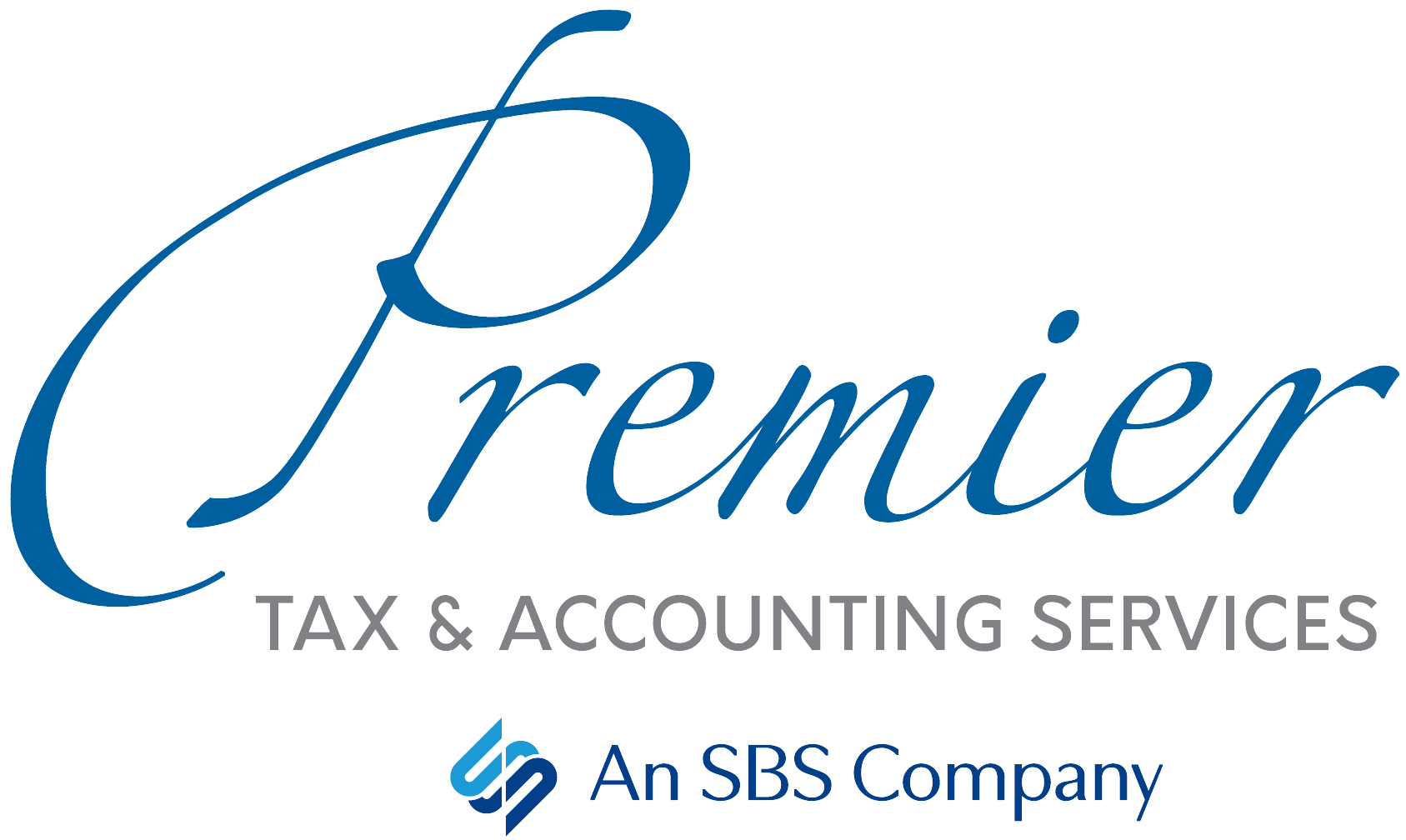The Tax Cuts and Jobs Act (TCJA) was announced with much fanfare at the end of 2017. The Act amended the Internal Revenue Code of 1986, including reducing tax rates for businesses and individuals. It simplified personal tax by increasing the standard deduction and family tax credits, but it also eliminated personal exemptions and made it less beneficial to itemize deductions.
So, with tax season now in the rearview mirror, let’s look at what tax reform did and did not accomplish:
Did Filing Get Any Easier?
The big increase in the standard deduction made filing much easier for many taxpayers, with less time spent tracking deductible expenses. The Tax Policy Center estimates that the number of itemizers fell from about 46 million to only about 19 million.
Yet, the Treasury Department also killed Forms 1040A and 1040EZ, which had made filing super easy for folks with very simple tax situations.
In addition, the TCJA included new tax benefits that required millions of filers to do some extra work in return for tax savings. For example, 14 million more households were able to claim the child tax credit for 2018 than for 2017. Others who could benefit from the TCJA’s special 20% deduction for qualified income from pass-through businesses, such as partnerships and sole proprietorships, also had to sort through complex new rules.
Did Refunds Get Any Bigger?
The number of tax returns claiming refunds increased (very) slightly to 95.7 million. The average refund was $2,725, down just a bit from $2,780 in 2018.
Overall, about 64% of households paid less in individual income tax for 2018 than they would have under the pre-TCJA law, while about 6% paid more. In addition, the share of households that did NOT pay federal income tax increased by about 2%.
The Tax Policy Center estimated that the average individual income tax cut for 2018 was about $1,300. Middle-income households (those making between about $50,000 and $85,000) got an income tax cut of about $800 on average, while those in the top 1% paid about $51,000 less.
What It All Means
In the end, tax reform took some and gave some. But as with most things, victory goes to the well-prepared. So make sure you are taking steps now to maximize the benefits of tax reform legislation. We’re always here to answer your tax questions, so please Call 706-632-7850 or email Jackie today.
Did You Know?
President Nixon was the first American president to release his tax returns, starting a practice that most U.S. presidents have since followed. You can find copies of presidential tax returns on the Tax Notes website.
Another interesting fact: The check box for the Presidential Campaign Funds contribution (originally $1) was implemented in 1966 during the Johnson administration. Checking the box (now $3) does not change the amount of your tax or refund. Rather, $3 of your tax dollars are simply designated to go to this fund rather than the regular pool.



